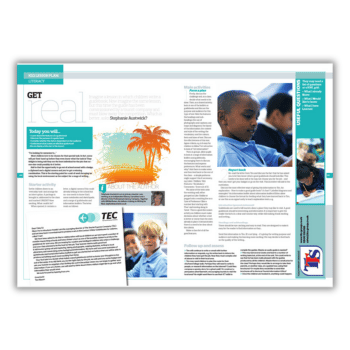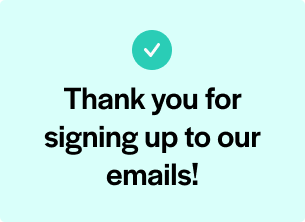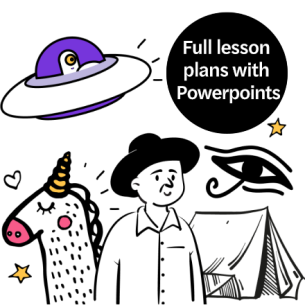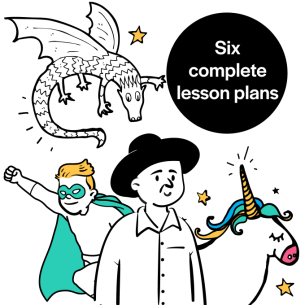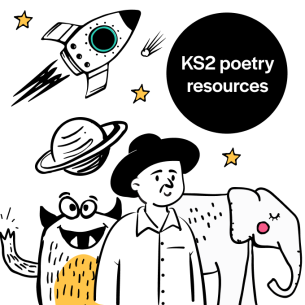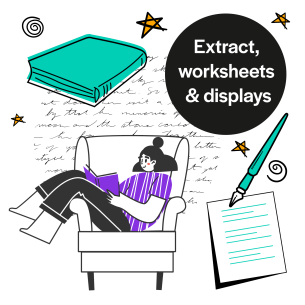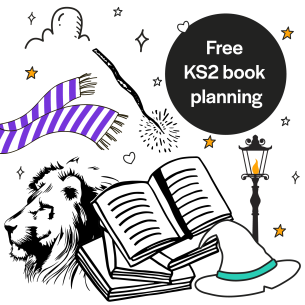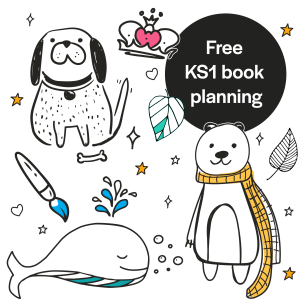Imagine a KS2 non fiction writing lesson in which children write a guidebook. Now imagine the same lesson, but this time a tourist company has commissioned a guidebook that must blow away the competition. Which is better?
Most children love it when you choose them for a special task. In fact, some will put their hand up before they even know what the task is!
They love it when we tell them they are the best individual for the job; that no one else could possibly do it better.
Add to that the opportunity to go out of school armed with a badge, a clipboard and a digital camera and you’ve got a winning combination.
This is the starting point for a unit of work focusing on using the local environment as the subject for a range of writing.
KS2 non fiction writing learning objectives
- Learn about the features of a guidebook
- Discover the purpose of a guidebook
- Consider whether the style is dependent on the audience
- Understand what makes an effective guidebook
Starter activity
Settle children down to an ‘everyday task’ and arrange for an interruption. Arrange for someone to bring a package in, addressed to the class and marked URGENT! How exciting. What could it be?
When opened, it contains a letter, a digital camera, some notebooks and sketchpads, and a range of guidebooks and information leaflets.
The letter
The letter reads as follows:
Allow me to introduce myself. I am the managing director of The Tourist Express Company (TEC). We have been commissioned to produce a set of 21st Century Visitor Guidebooks for children, called ‘I-see’.
We have been asked to do this in collaboration with local children. We’ve spent a number of months researching schools. We’ve chosen yours as one of the possible classes to produce the guidebook for your area.
We are looking for creative and intelligent children who enjoy a challenge. Your class seemed to be the best for the job. Your teacher seems quite good too!
It will involve going out and exploring, taking photographs, making sketches, writing to local attractions and researching some background information.
We have sent you some examples of guidebooks and tourist information leaflets to get you started. However, we believe that you will be able to produce something much more exciting than these.
Your first task is to decide what makes a good guidebook. Let us know your thoughts by the end of the week.
If we still think you are the right class for the job, we will send you some badges and ask your teacher to organise a fact-finding day out when you can begin to gather your information.
If you are chosen, you will need to think about where visitors might like to go and what information they would need.
Stephanie Austwick is a former primary teacher. She now works as an independent literacy consultant and a director of the Professional Literacy Company. Together with Gill Matthews, she delivers training on Writing for Real.
